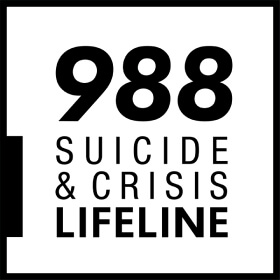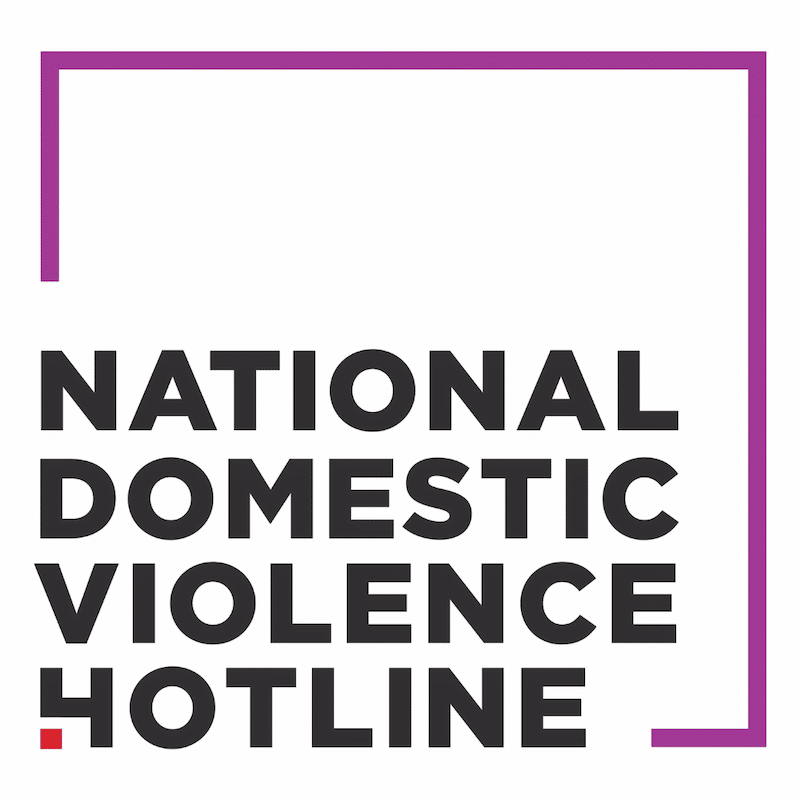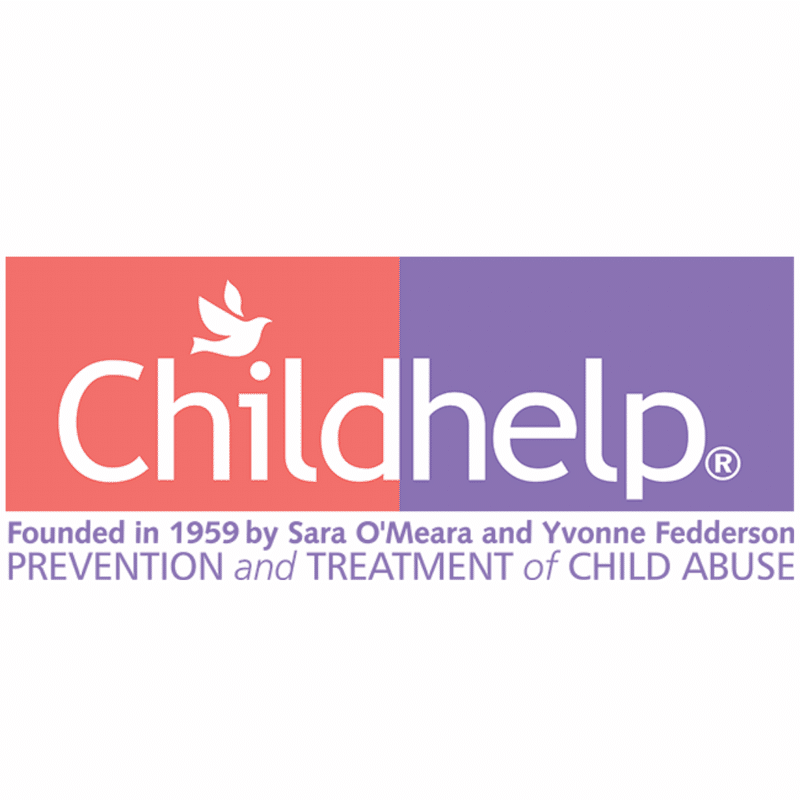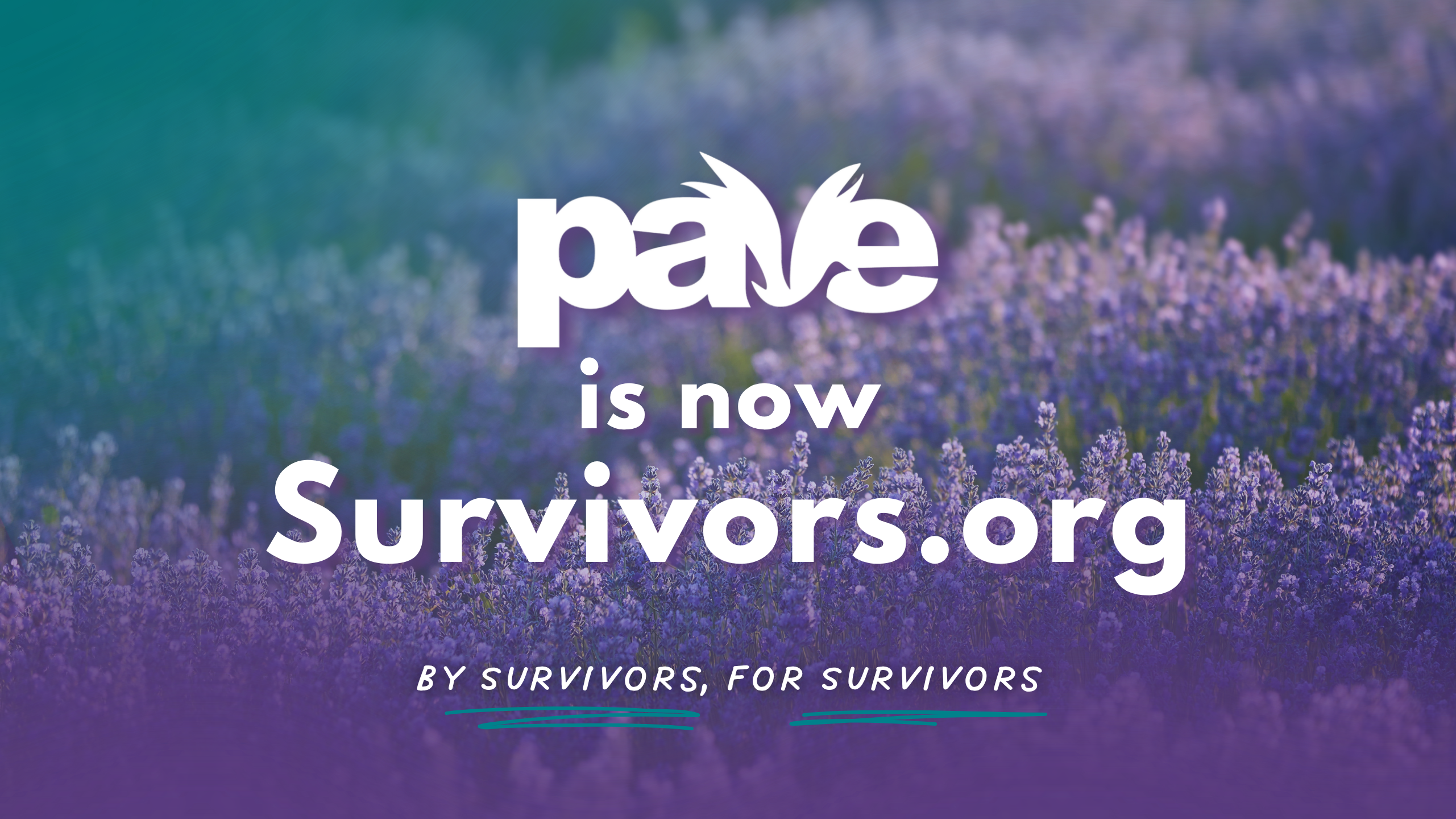What is Domestic Violence?

Domestic violence is violence that occurs within the home amongst any members of the household. It includes, but is not limited to: stalking, harassment, neglect, and mental, emotional, physical, economic, and technological violence. Domestic violence can occur between intimate partners, but it can also occur between parents and their children, or any people who live together.
Prevalence
The terms “domestic violence” and “intimate partner violence” are often conflated, which is represented in research on these issues. Researchers may state that they are collecting data on domestic violence, but may use the definition for intimate partner violence. To fully understand the prevalence of domestic violence, we need to keep in mind that the research doesn’t define these terms the same way that we use them on Survivors.org.
Research shows that 47.3% of women and 44.2% of men have been victimized by an intimate partner in their lifetime.1 Transgender and non-binary individuals are at a higher risk for intimate partner violence, with 54% reporting some form of intimate partner violence during their lifetime.2 For every one thousand children in the United States, at least eight of those children are experiencing some form of abuse or neglect. In 90% of child abuse cases, the perpetrator is either both or one of their parents.3 It’s important to remember that this data is based on cases of violence that have been reported. Rates of violence are likely higher than the research has indicated.
What is the difference between intimate partner violence and domestic violence?
Oftentimes, these terms are used interchangeably, but differentiating the two can actually help us bring attention to different forms of abuse. Intimate partner violence is violence that occurs in a relationship between current and former spouses or dating partners of any length of time. It includes, but is not limited to: stalking, harassment, and mental, emotional, physical, economic, and technological violence.
When we use the term domestic violence to describe violence between people in a romantic relationship, we overlook those who do not live with their partner. Using the term domestic violence when we should be using the term intimate partner violence also implies that domestic violence can only occur between intimate partners, which excludes those who are abused by family members or other individuals that they live with. Some instances of abuse can be considered both intimate partner violence and domestic violence. Children who are exposed to intimate partner violence between their parents are also victims of domestic violence.
What is the impact of domestic violence?
Survivors of domestic violence involving an intimate partner can experience fear, post-traumatic symptoms, concerns for their safety, injury, need for medical attention, and may need to speak to the police.1 It can also cause survivors to experience trust issues, life-long injuries, and reproductive coercion.3 For most survivors, domestic violence is a traumatic experience and they will often experience various symptoms of trauma. Survivors may have issues in future relationships because they anticipate that others will act in similar ways, or they may perceive acts of abuse as normal. Domestic violence can also be fatal.
Leaving an abusive relationship
Even after leaving an intimate partner who was violent, the abuse may continue. Research shows that within the first two years of leaving an abusive partner, violence can increase by 75%.4 75% of women who died by homicide had either left or attempted to leave an abusive intimate partner.5 Former intimate partners may continue to stalk and harass the survivor, which can make them consider involving the police or on-campus authorities. Survivors may also need to file a restraining order, which can be costly, time-consuming, and ineffective.
Child development
Domestic violence can have a significant impact on a child’s development. Children who were abused or neglected may suffer from health issues such as malnourishment and physical injuries.4 Research has also indicated that childhood neglect can impair the size and/or functioning of certain brain structures.5 Survivors of childhood domestic violence may experience psychological and emotional symptoms such as attachment issues, social difficulties, post-traumatic stress disorder (PTSD), and overall poor mental and emotional health. Behavioral issues such as criminal behavior, risky sexual activity, and substance misuse are also common for abused or neglected children.4
Sources
- Leemis R.W., Friar N., Khatiwada S., Chen M.S., Kresnow M., Smith S.G., Caslin, S., & Basile, K.C. (2022). The National Intimate Partner and Sexual Violence Survey: 2016/2017 Report on Intimate Partner Violence. Atlanta, GA: National Center for Injury Prevention and Control, Centers for Disease Control and Prevention.
- James, S. E., Herman, J. L., Rankin, S., Keisling, M., Mottet, L., & Anafi, M. (2016). The Report of the 2015 U.S. Transgender Survey. Washington, DC: National Center for Transgender Equality.
- U.S. Department of Health & Human Services, Administration for Children and Families, Administration on Children, Youth and Families, Children’s Bureau. (2023). Child Maltreatment 2021. Available from https://www.acf.hhs.gov/cb/data-research/child-maltreatment
- Child Welfare Information Gateway. (2019). Long-term consequences of child abuse and neglect. Washington, DC: U.S. Department of Health and Human Services, Administration for Children and Families, Children’s Bureau.
- Bick, J., & Nelson, C. A. (2016). Early adverse experiences and the developing brain. Neuropsychopharmacology, 41, 177–196. Retrieved from https://www.nature.com/articles/ npp2015252. doi: 10.1038/npp.2015.252

988 Suicide & Crisis Lifeline
988 Lifeline is a national network of local crisis centers that provides free and confidential emotional support to people in suicidal crisis or emotional distress 24 hours a day, 7 days a week in the United States. We’re committed to improving crisis services and advancing suicide prevention by empowering individuals, advancing professional best practices, and building awareness.

Domestic Violence Hotline
We are here to serve all those impacted by relationship abuse 24/7 confidentially. Due to high demand, you may experience longer wait times to connect with a live advocate.

The Childhelp National Child Abuse Hotline
The Childhelp National Child Abuse Hotline is dedicated to the prevention of child abuse and has given assistance to more than 2 million help seekers. Serving the U.S. and Canada, the hotline is staffed 24 hours a day, 7 days a week with professional crisis counselors who—through interpreters—provide assistance in over 170 languages. The hotline offers crisis intervention, information, and referrals to thousands of emergency, social service, and support resources. All contacts are confidential.



